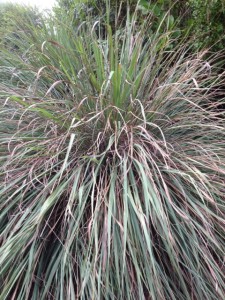Category : News
Published : February 14, 2014 - 2:54 PM
An estimated one of every five plant species worldwide is threatened by habitat loss, climate change, invasive species, and other threats. In the United States 30 percent of native plant species are threatened and some of these native species are closely related to crop plants we eat every day.
Through crop breeding, these crop wild relatives (CWR) can provide critical sources of genetic diversity that can provide crops with an array of economically important traitssuch as resistance to emerging pests and diseases, increased yield, and better drought tolerance. The use of CWR for these purposes has been expanding in recent decades, and is thought to only continue to grow as breeders tackle the myriad challenges of future crop improvement.
In the U.S. the Agricultural Research Service and collaborating scientists have created a first-of-its-kind inventory for U.S. wild and weedy crop relatives that prioritizes the species by their breeding importance for important food and fiber crops. The Inventory lists the species and their related crops, and gives indications regarding the conservation status as well as the availability of accessions of these species in national genebanks.
Read more about the National Inventory in the January 2014 edition of Agricultural Research.

